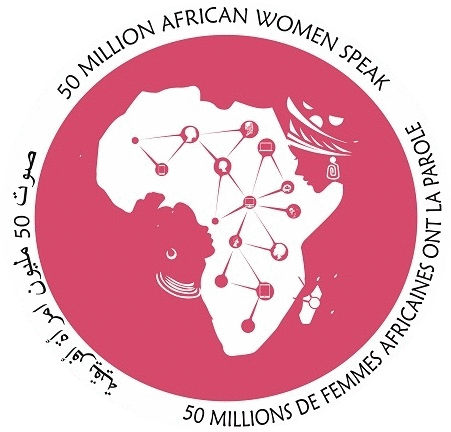Choosing how to travel to EAC Partner States from Kenya and documents needed - Kenya
- Kenya
- Resources
- Market Information
- Cross Border Trade
- Cross Border Trade
Quick information guide
Incentives for cross border trade:
Between EAC Partner States
- Tariff and Non-Tariff Barriers to trade are continuously being eliminated, making cross border trade easier;
- Re-exports are exempted from the payment of import or export duties;
- The East African Community (EAC) Common Market Protocol facilitates the free movement of people and factors of production;
- Trade information and documentation has been by simplified, standardized and harmonized to facilitate trade in goods;
- Price and demand factors for goods and services across border
Between COMESA Member States
- Establishment of Free Trade Area has facilitated:
- Reduction of tariff and non-tariff barriers;
- Liberalisation of import licensing;
- Removal of foreign exchange restrictions;
- Import and export quotas;
- Easing of customs formalities;
- Creation of one-stop border posts;etc
- COMESA virtual trade facilitation, an online system that integrates other COMESA trade facilitation instruments in one platform. It also helps to monitor consignments along different transport corridors across the region. Read more
- Trade information and documentation has been simplified, standardized and harmonized to facilitate trade;
- Price and demand factors for goods and services across borders
Contacts
Ministry of Interior and Coordination of National Government
Department of Immigration Services Nyayo House 20th floor,
Kenyatta Avenue/Uhuru Highway
P.O Box 30395 – 00100 Nairobi.
Tel: +254 20 2222022
Email: dis@immigration.go.ke
Cross border trade information
It is often dominated by women who trade in agricultural and livestock products therefore creating employment and supporting livelihoods.
“Traders generally exchange small quantities of modest value, due to a variety of constraints including limited financing, poor-quality inputs, low capacity, lack of machinery, and inefficient marketing and distribution channels, among others”. Read more
Choosing how to travel to EAC Partner States from Kenya and documents needed
Travel Documents to EAC Partner States from Kenya
- Passport
- Visa (for non EAC citizens)
- Alternative travel documents for East Africans
- National Identification (if travelling to Rwanda or Uganda)
- Inter-state Pass
Choosing how to travel to EAC Partner States from Kenya
- By Air- The East African Community is connected by a network of international airports.
- By Road- There are a number of bus services connecting all East African capitals and major cities, but with EAC, East Africans can now drive private cars across borders and across the entire EAC region, free of charge, for visits no longer than 7 days. A valid driver’s license is required for driving in any of the Partner States.
Ensure that your car is insured before you travel, with a valid sticker displayed on your vehicle as proof of insurance. Also make sure you carry an original copy of your car Log Book or at the very least, a photocopy.





